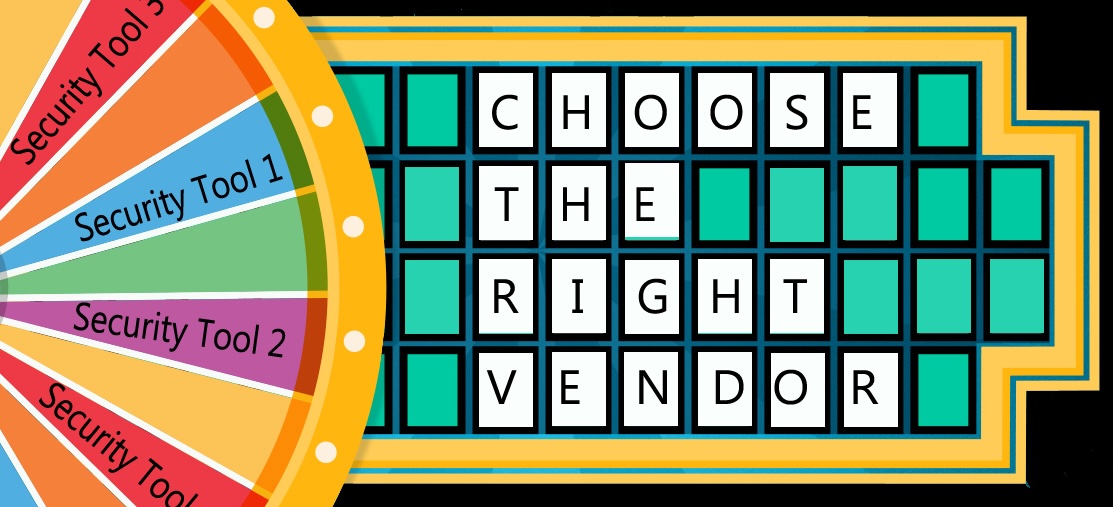Choosing What Product is Right for You?

Businesses depend upon information systems to achieve their business objectives and meet the consumer’s requirements. Risks to such systems may impair the ability of businesses to meet their strategic goals.
Irrespective of the situation, Security has become an integral part of Governance. Security Risks to business operations may cause significant damage to reputation and monetary benefits. A sound security framework allows an organization to showcase trust with consumers’ requirements and facilitate business deals in less time.
Today many security frameworks lay down the plan for effectively implementing security controls. There are many security vendors in the market to complement control requirements with products and services, but choosing which serves the business requirement has always been a part of the debate.
Businesses making investments in new security technology are also bound to scrutiny for demonstrating the efficacy of these investments. Measuring the Efficacy of controls to be implemented and ROI is dependent on how effectively the risk assessment phase has been performed. Let's break the wheel and choose what's right for us!
1. Knowing your requirements before purchasing a Security Product
An effective risk assessment plan enables a business to identify the associated risks and levels which can be utilized for laying down the security implications and requirements. Businesses may require hiring an outsider Consulting Company to achieve unbiased risk reporting. Requirements can be further broken into the objectives that are needed to be achieved while purchasing a security product.
2. Verify the expenditure for the desired Security Product
After identifying the requirements, the business needs to get approval and allocate the expenditure for identified risks and associated levels. As per Gartner, Security spending makes up 5.6% of the overall IT budget. Having a precise idea of security expenditure form the initial stage of finalizing a security product may allow businesses to focus on certain market caps.
3. Define the Portfolio
Organization deciding on security products should also consider the business model and their target consumer market. Given the plethora of options in the security product market, some are built for distinct consumer markets. The organization may choose the product which belongs to their consumer market.
4. Choose the Right Product
After such detailed analysis, it’s time to dive into discussions with security vendors to know the product capabilities. How those capabilities will complement your objectives that were set forth in the risk assessment phase and at the same time suit your budget requirements and consumer market? Don’t forget many vendors are offering trials for their products.
The integration of products is becoming seamless these days due to the introduction of IoT and Cloud deployments. Big data and AI/ML have made processing large data streams in less possible time. These capabilities have enabled Security Products to detect, and respond to security events and incidents in a span of seconds. Choosing what's right for your environment is easy when you can answer the below questions:
- What are your objectives for the requirement?
- What is your budget for this requirement?
- Have you identified the Portfolio where this product will operate?
- What capabilities in a Security Product may suit your requirements?
- How easily the integration of Security Products in your environment can be achieved?
- What support capabilities a vendor is providing?
- How the Security Product will answer to your ever-changing IT environment?
Thumb Rule: Always make sure that implementing Security Products should bring down your risk levels. It should have an acceptable implication on your overall security.
Physical security measures, such as tamper-resistant devices and secure gateways, should be implemented to protect against unauthorized access and physical tampering. Additionally, intrusion detection systems (IDS) can be employed at the network layer to detect and mitigate attacks such as jamming and flooding before they can impact the network's performance [1][2].
5. Monitor the Change and Adopt
IT is a dynamic environment; businesses should be flexible to adopt the changes to meet their objectives and goals. The addition or decommissioning of IT infrastructure may affect the security requirements. Keeping track of the threat landscape and answering to such requirements will keep the risk at acceptable levels.